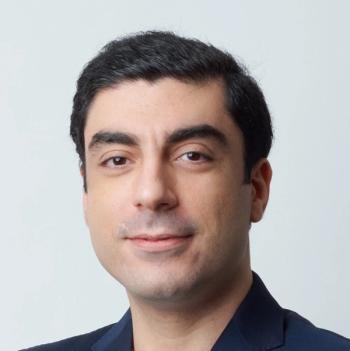
The tough get innovating
Some physicians have held their financial ground during the tough economy by innovating at their practices. Anne Trussell, MD, a solo internist in Little Rock, Arkansas, added ancillary cosmetic services to boost revenue at her practice when some patients limited office visits due to the cost. She always has kept her overhead low, so expanding services was the solution during these challenging times.
Key Points
Some physicians have held their financial ground during the tough economy by innovating at their practices. Anne Trussell, MD, a solo internist in Little Rock, Arkansas, added ancillary cosmetic services to boost revenue at her practice when some patients limited office visits due to the cost. She always has kept her overhead low, so expanding services was the solution during these challenging times.
Others, however, saw their incomes fall last year, according to Medical Economics' 2010 Exclusive Survey on earnings, part of our annual Continuing Study that also examined productivity and malpractice (results to be reported in the October 22 and November 19 issues, respectively)
In contrast, pediatricians saw median earnings fall from $187,500 in 2008 to $163,000 last year. Ob/gyns, although still the highest earners among primary care physicians, watched median earnings decline from $237,500 to $213,000.
"We've gotten a lot of phone calls from doctors saying, 'Is it me or is it everybody?' " says Judy Bee, a practice management consultant with Practice Performance Group in La Jolla, California, and a Medical Economics editorial consultant.
"I had patients losing their insurance, patients who didn't want to come in because of the co-pay, patients who wanted to be treated over the phone, and they skipped preventative care," she says.
Family practitioner Alan J. Levin, MD, hears the same things from patients at his solo practice in suburban Philadelphia, Pennsylvania. He says he gives discounts to patients who have lost insurance or who face high co-pays. "I'm not going to have them come in for free because then they feel they can come in for free," he says.
To keep revenues up, he makes home visits and does rounds at 2 hospitals, visiting his patients and those of a colleague. "I like what I do, as long as the economics allow me to do it," he says.
Newsletter
Stay informed and empowered with Medical Economics enewsletter, delivering expert insights, financial strategies, practice management tips and technology trends — tailored for today’s physicians.


















